Dorchester is the county town of Dorset in south west England and on one sunny Sunday morning recently we decided to go along and explore this historic market town. We left our car in the Fairfield long stay car-park which we were pleased to discover offered free parking all day Sunday making this a welcome start to our day.
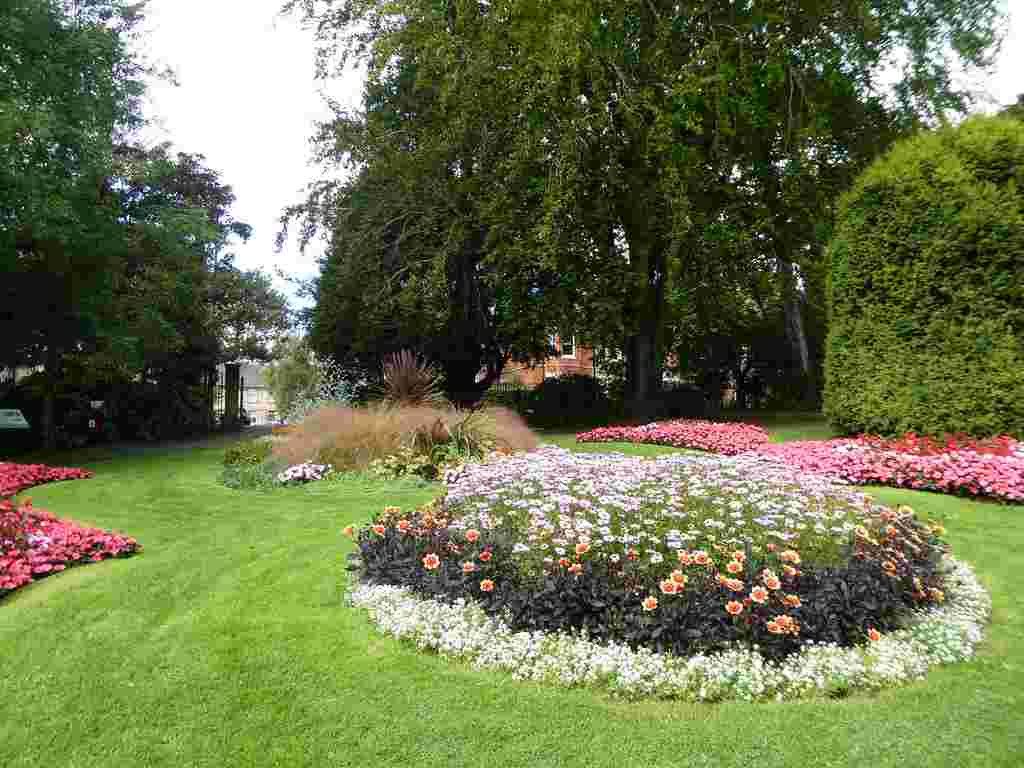
The car park was on the edge of the town but not very far from the centre. Our first stop was to the Borough Gardens located just a few minutes further on. These gardens were laid out in 1895 and are delightful for a gentle stroll. The well tended flowerbeds were ablaze with late summer colour and an Edwardian bandstand and tall clock added to the charm.

I could just imagine sitting on a picnic rug on the sloping grass surrounding the bandstand listening to some live music, but alas along with most of the things we enjoy each summer, it was temporarily out of use.
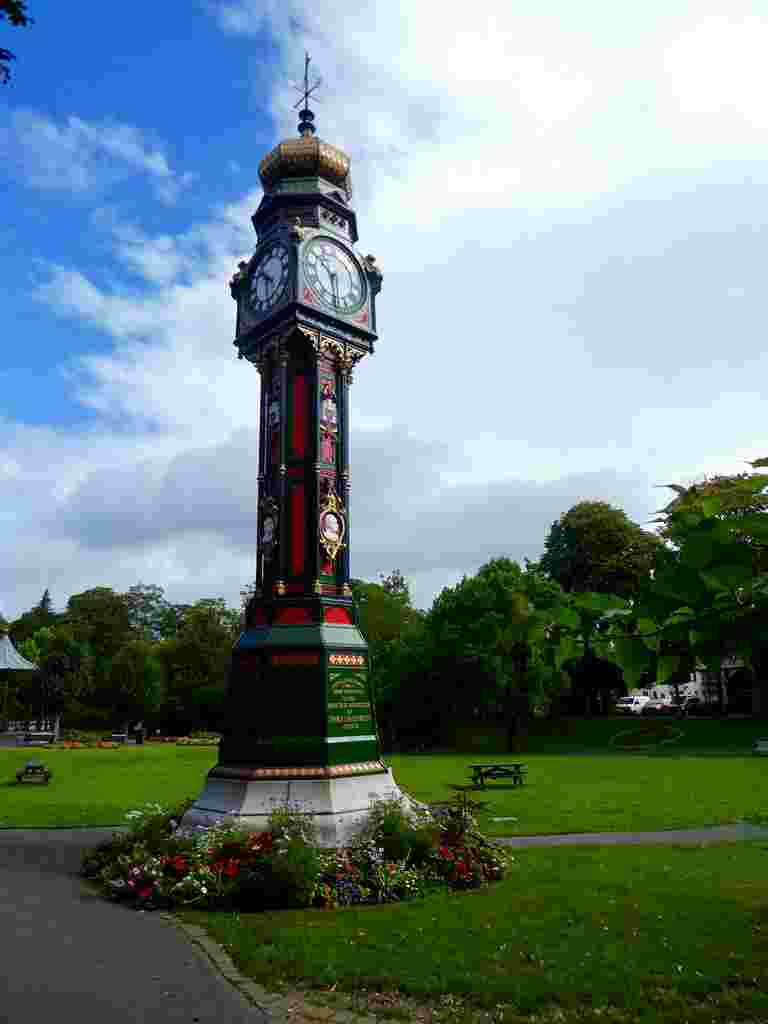
The magnificent cast iron clock tower was presented to the town in 1905 by a magistrate and hospital benefactor and has recently been restored to its former glory. The park also contains a bowling green, tennis courts and children’s playground.
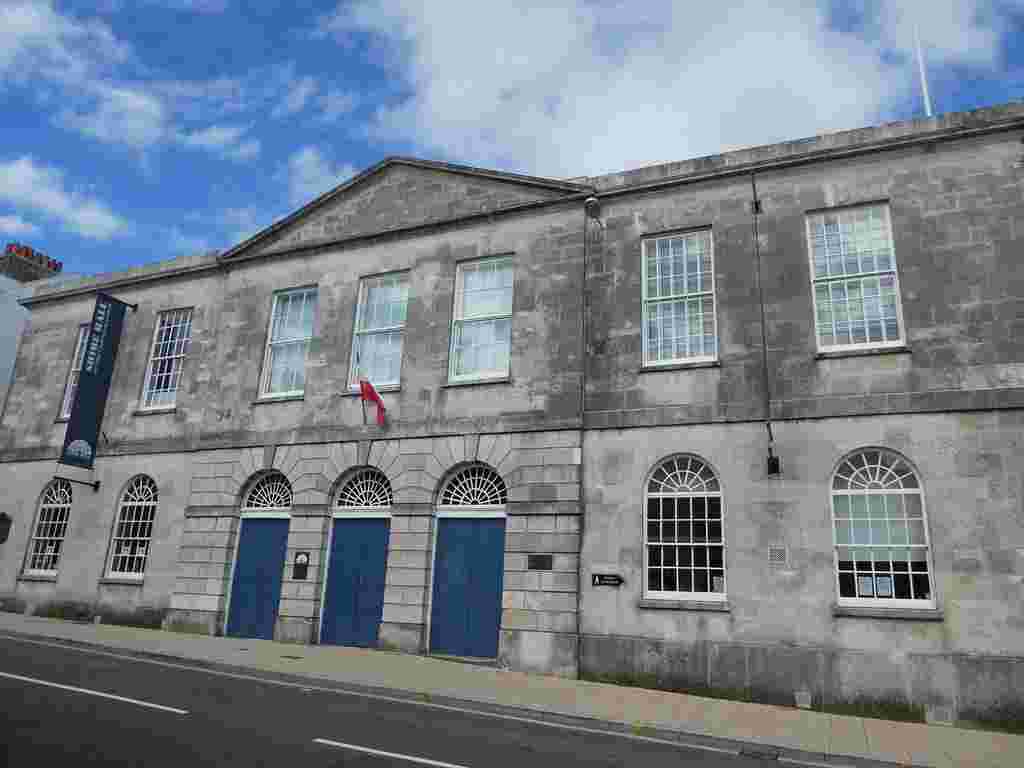
We left the park by a gate at its far corner which brought us out near to the Shire Hall historic Courthouse Museum that had not yet re-opened. It’s a museum that I would like to visit as it follows the footsteps of everyday people who were tried and tested in court and of the local Tolpuddle Martyrs who were held there before being brought to trial, sparking the Trades Union Movement.
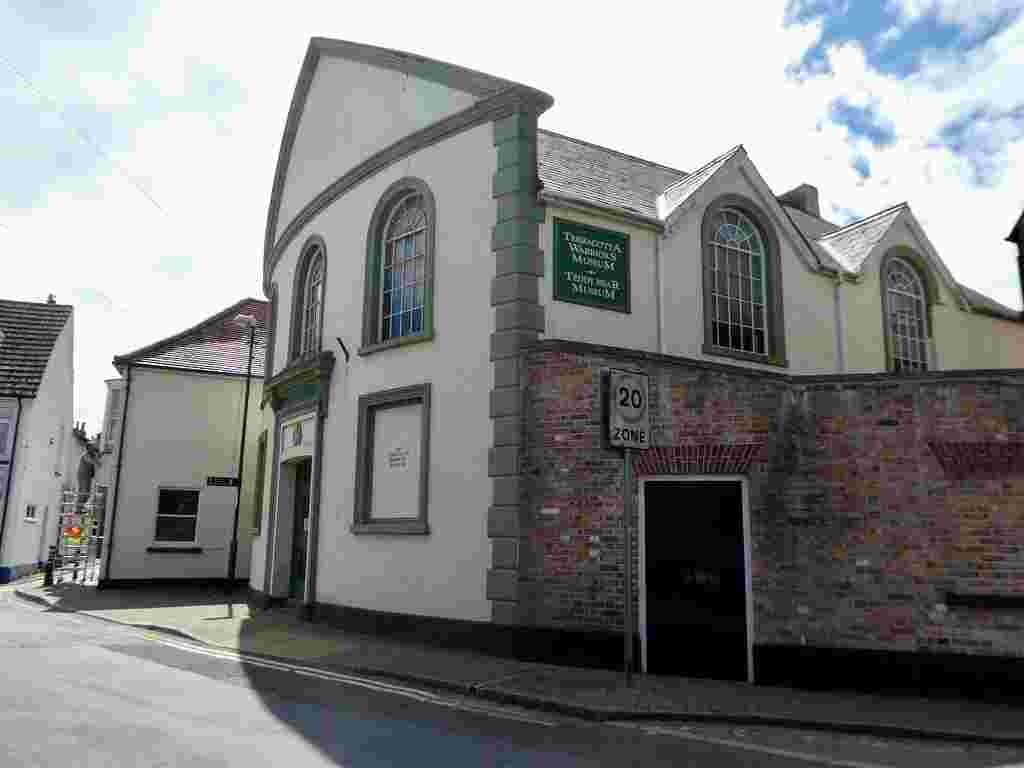
Just down the hill from the Shire Hall stands yet another museum that I wished had been open as it was the Teddy Bear Museum, and as regular readers may be aware, I’m a huge fan of childhood and toy museums.
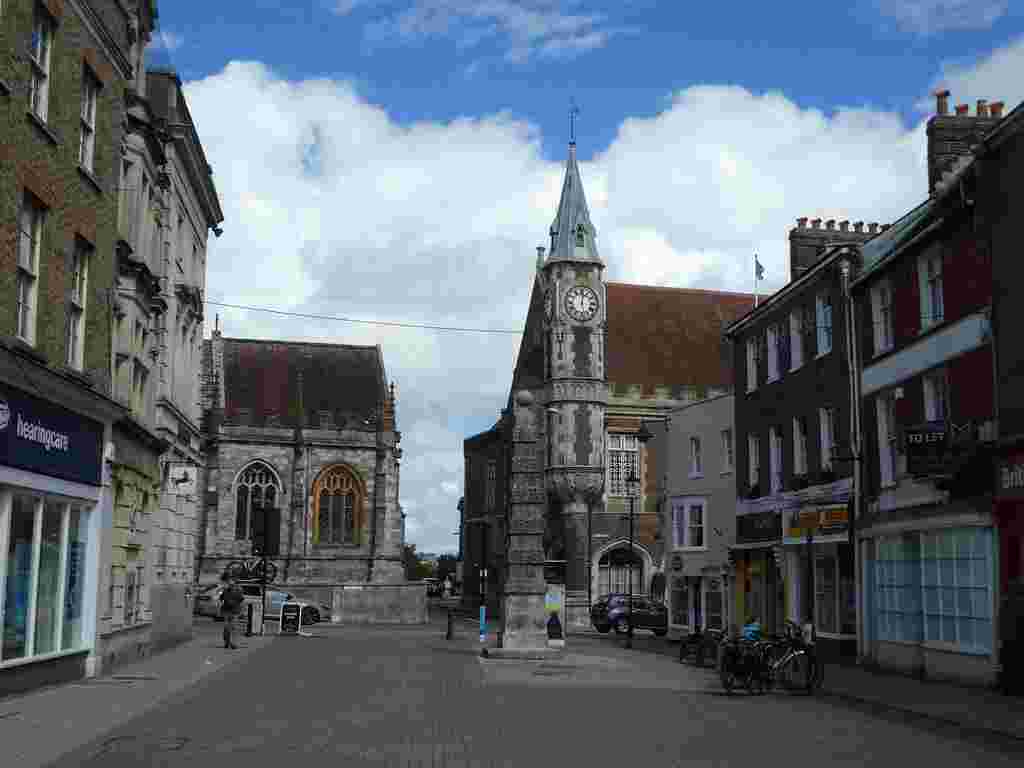
As the museums were closed, we turned our attention to shops which I’m pleased to report were open so we enjoyed a stroll down the high street and along the quaint and cobbled Antelope Walk with its collection of inviting small stores. The Antelope Inn used to stand at one end of the walk and was one of Dorchester’s three coaching inns. Its existence can be seen from the bow windows of the adjoining shops that were once part of the inn.

Wandering through the town we came across another impressive building known as The Keep. It was constructed to resemble a Norman Castle and monumental gatehouse. Constructed from Portland stone it was the administrative centre for the Dorsetshire Regiment and the county armoury. It’s now a military museum which was due to re-open the week after our visit.
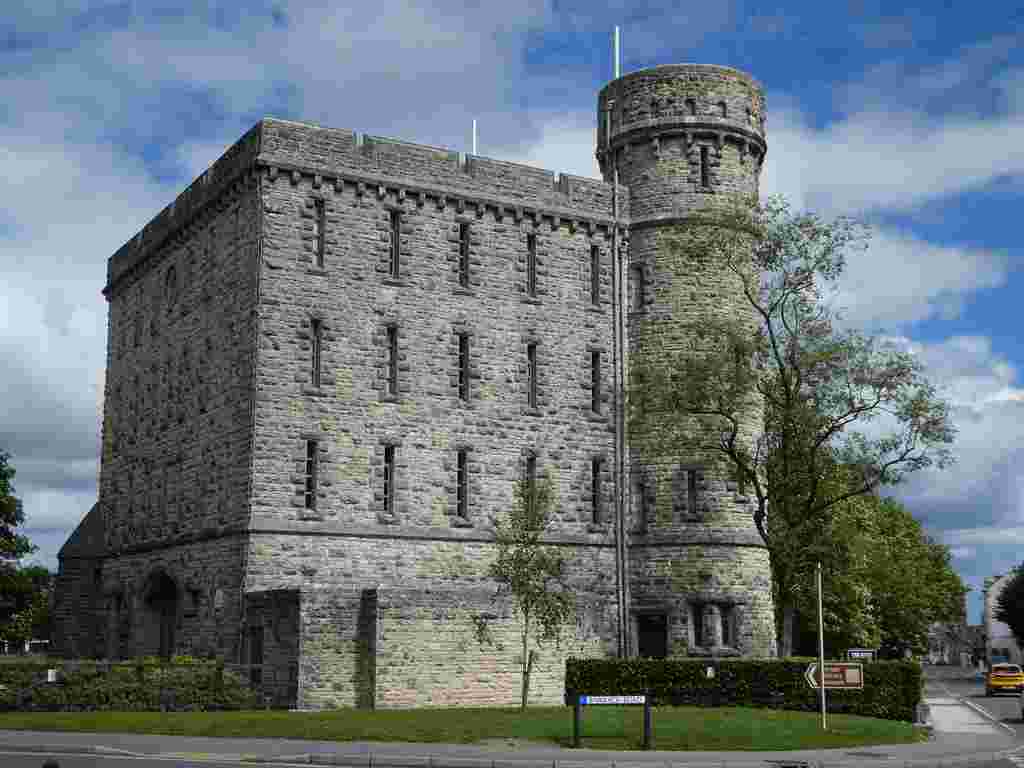
It was then time for a bite to eat before taking a look at the new Brewery Square development on the site of the former Green Dragon brewery founded by Charles & Sarah Eldridge in 1837.
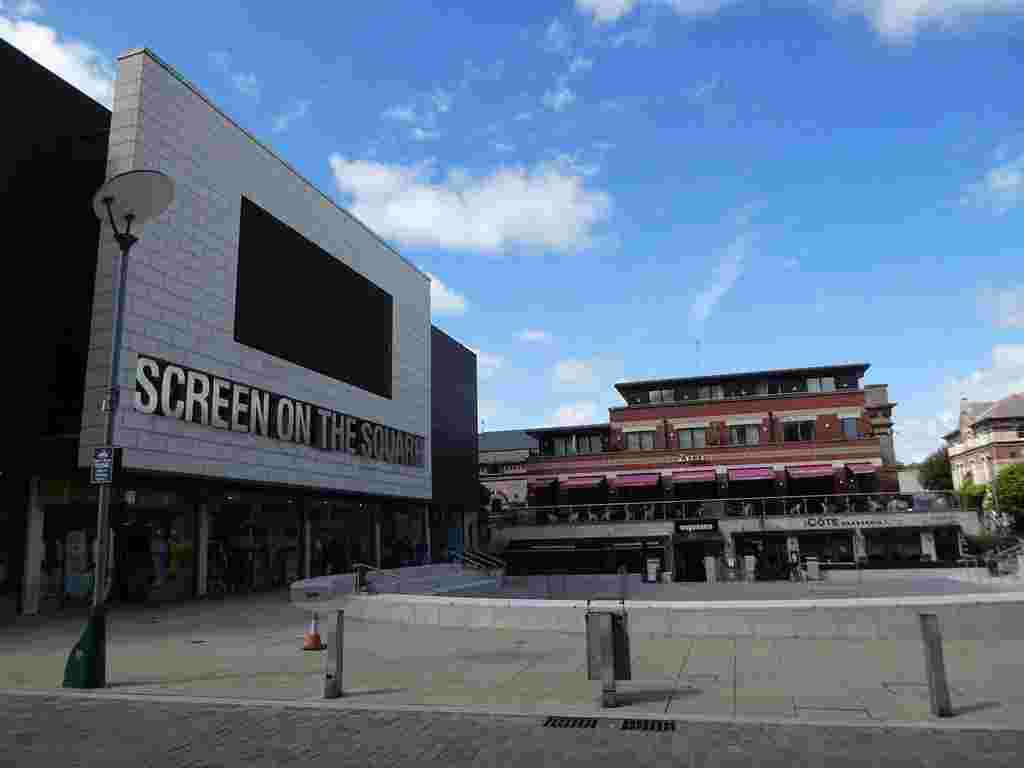
The Victorian and Edwardian brewery buildings were designed in an exuberant style and after the Eldridge Pope brewery closed in 2002 a major £100m town centre regeneration project took place to transform the site with the opening of shops, restaurants, bars, cafes, a hotel and cinema. The new retail and entertainment complex is built around a square known as Dray Horse Yard, an open space intended for local food markets and live entertainment.
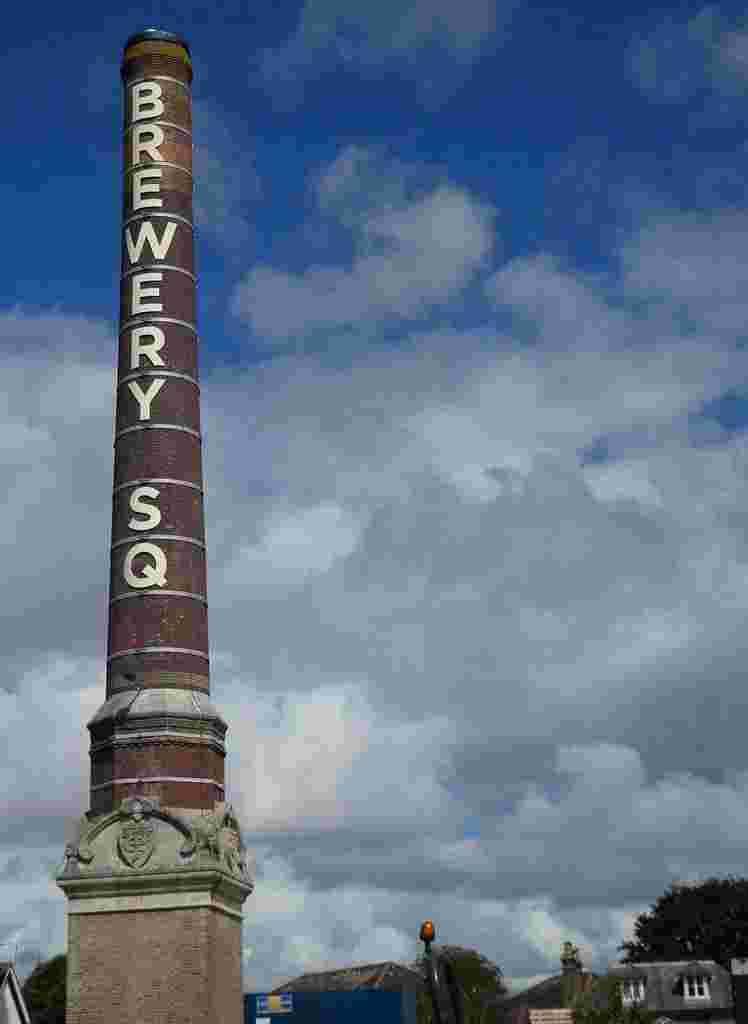
Where we had left the car was very close to Brewery Square so we were soon on our way once again, this time to Poundbury, a suburb on the outskirts of Dorchester.
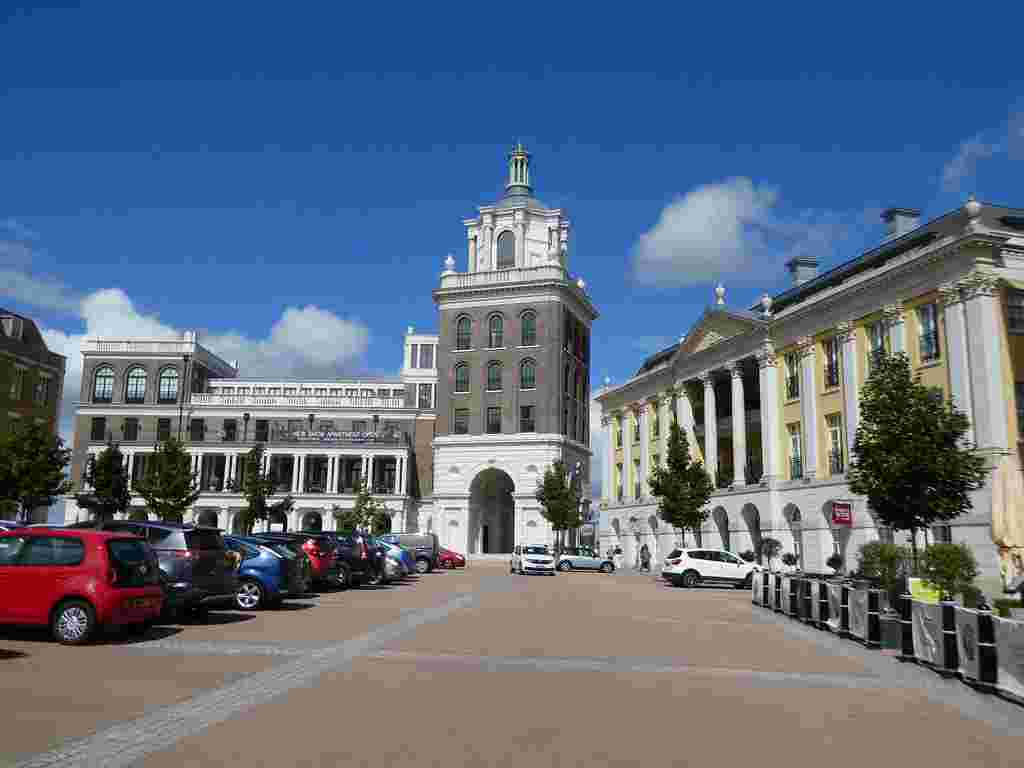
This new urban development was commissioned by Prince Charles, the Prince of Wales who outlined his pioneering ideas in his 1989 book ‘A Vision of Britain – a personal view of architecture’. It’s an experimental new town that has been built on land owned by the Duchy of Cornwall.

Parking was very easy and we soon found a space in Queen Mother Square which is surrounded by elegant buildings, the Prince of Wales Hotel, a statue of the Queen Mother and a Waitrose supermarket.
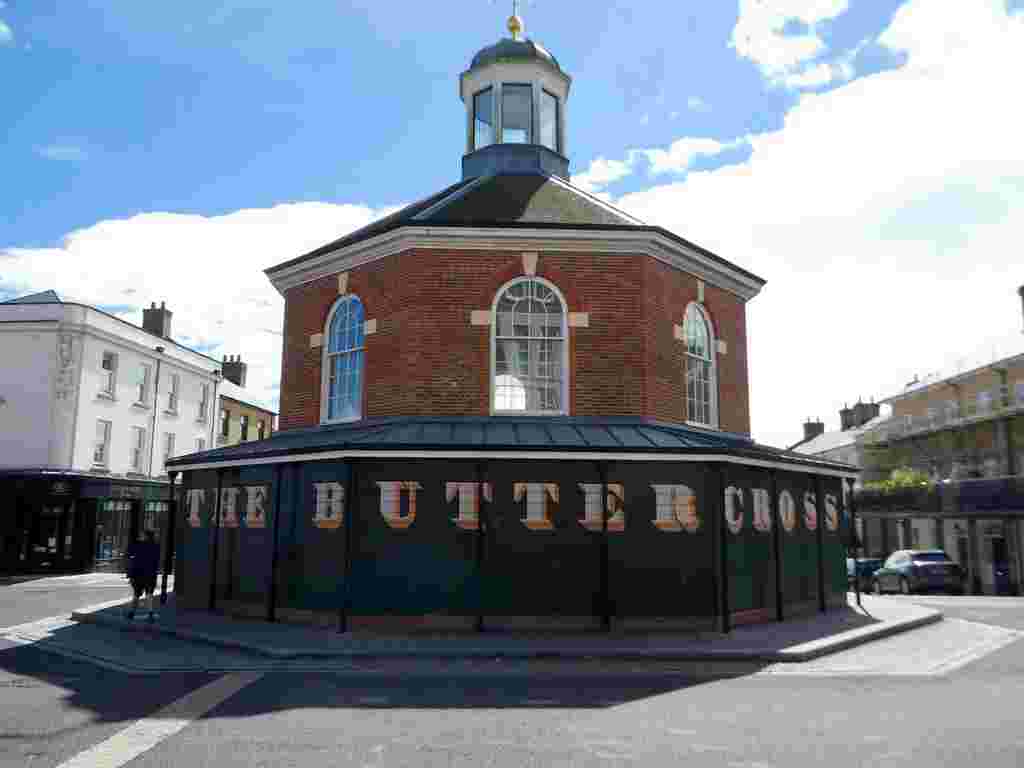
Poundbury is a unique and fascinating place to visit, not exactly a quintessential English village but with re-created village greens and stylish architecture it appears to work remarkably well.
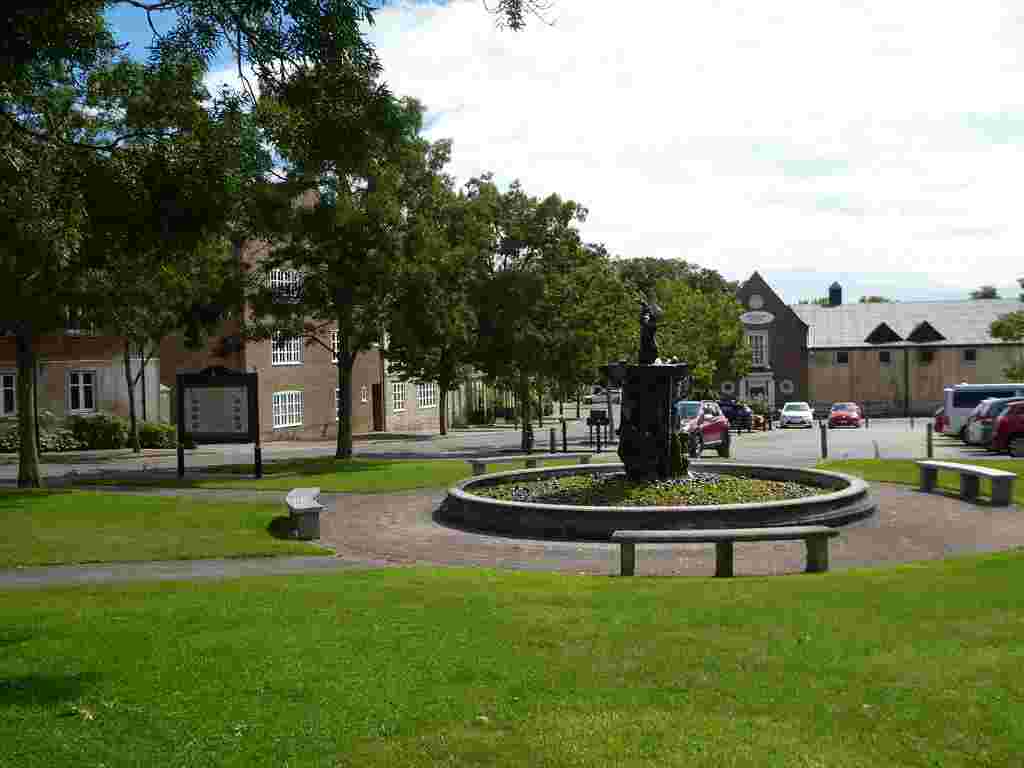
Construction began in October 1993 and focussed on an integrated community of shops, businesses and housing. Instead of a separate industrial zones, light industry is blended into the townscape. There has been criticism for mixing too many different building styles and for the use of non-local materials inconsistent with Dorchester itself but I personally liked Poundbury’s style and layout, finding it very appealing.
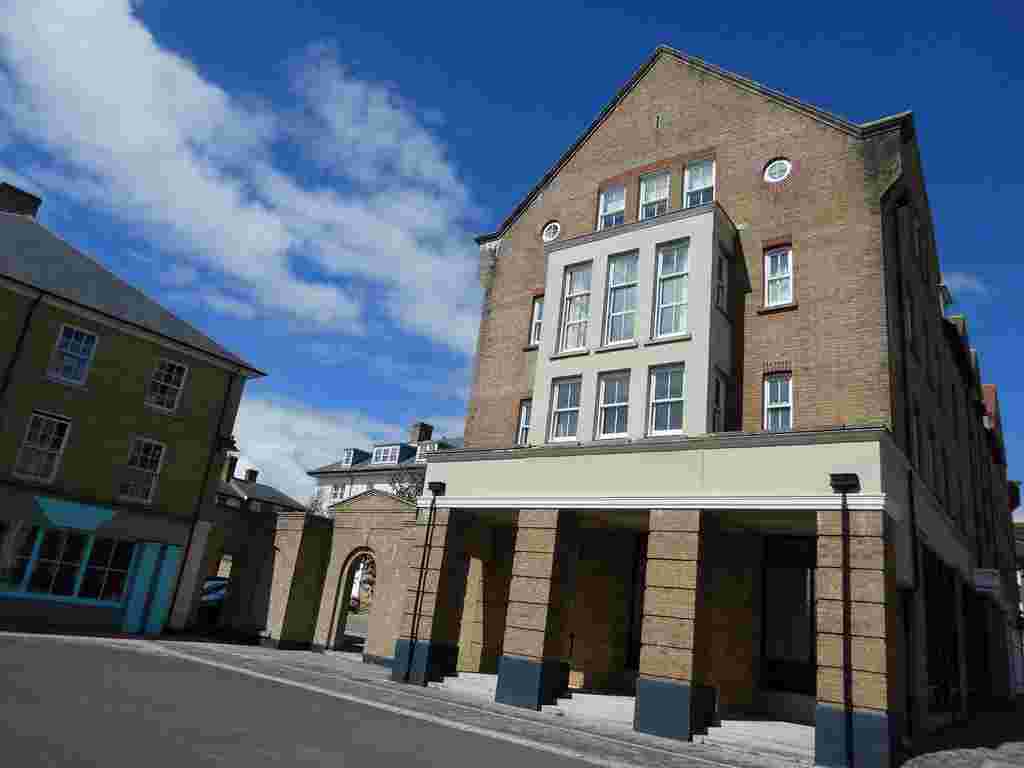
Setting off once again we followed directions from the A35 along narrow, winding country lanes to Higher Bockhampton, the birthplace of the English author and poet Thomas Hardy.
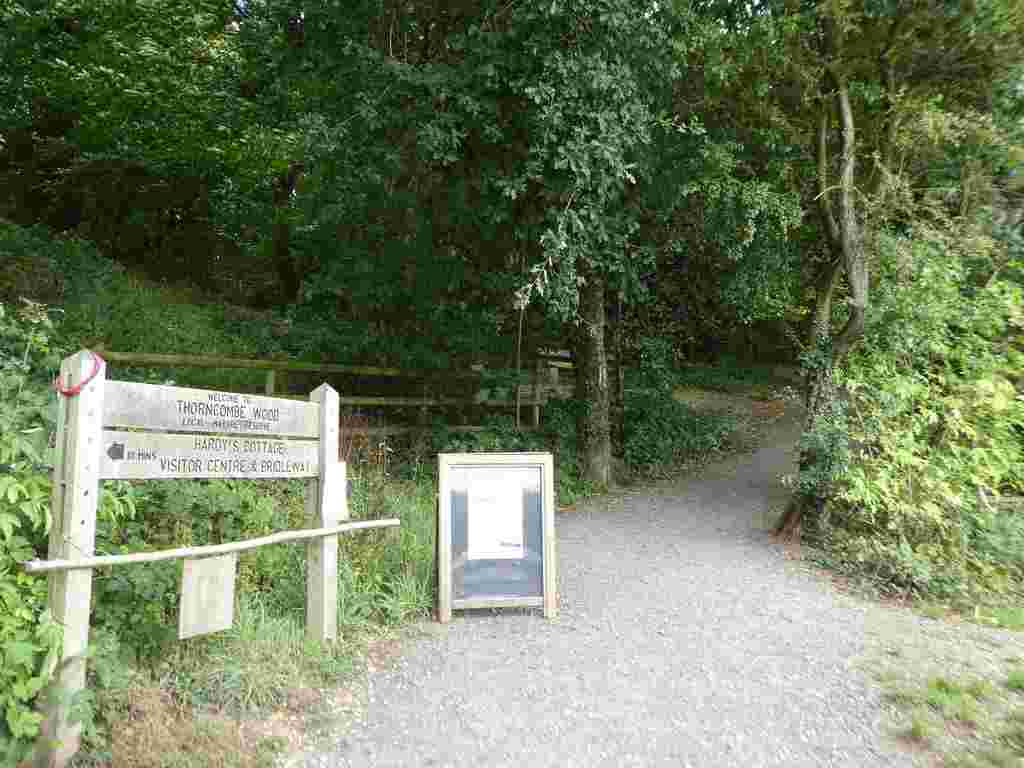
There is limited parking at Thorncombe Wood (£1 for two hours and £3 all day). Please note that although the cottage is owned by the National Trust, the car park is run by Dorset County Council so is not free to NT members. We managed to grab a space just as another car was leaving and opted for a two hour stay which gave us ample time to explore the nature trail and view the outside of Thomas Hardy’s cottage.
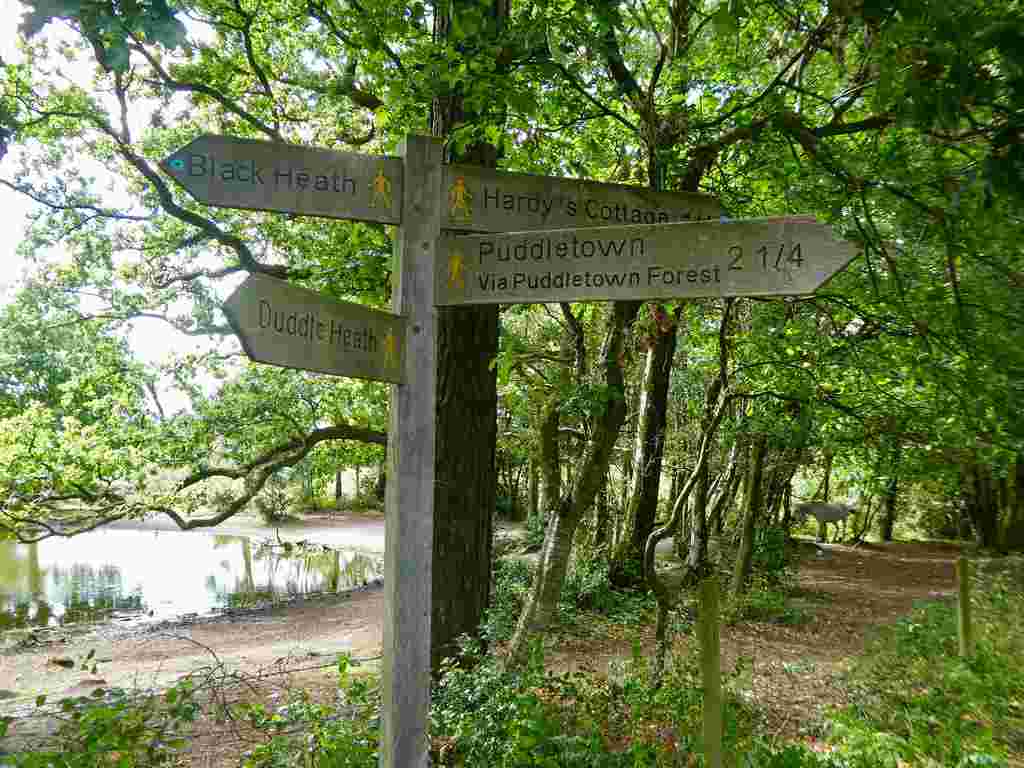
From the car park we picked up a leaflet and followed wooden finger post signs through the woodland reserve. Thorncombe Wood is home to a large variety of trees and we enjoyed a short one mile loop walk that was the inspiration for Hardy’s works ‘Under the Greenwood Tree’ and ‘Far from the Madding Crowd’.
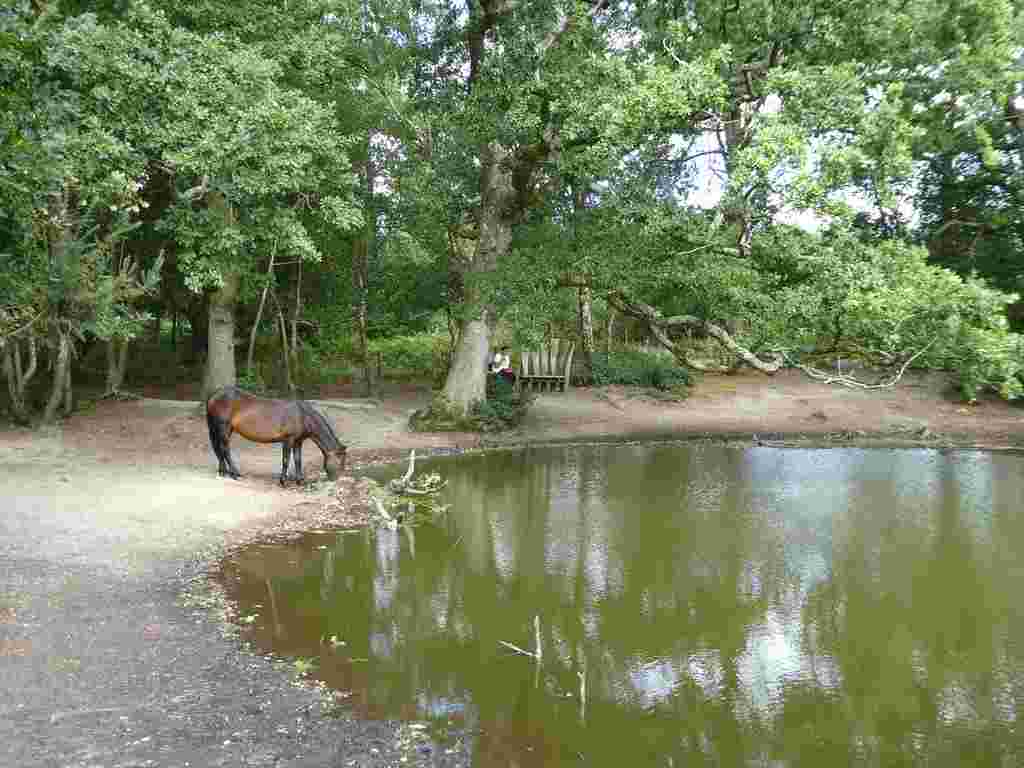
The ancient woodland opens out onto heathland around Rushy Pond, a small watering hole and where we came across several Dartmoor Ponies that graze in the woods. Further on there’s a visitor centre which documents the life and works of Thomas Hardy which is free to visit.
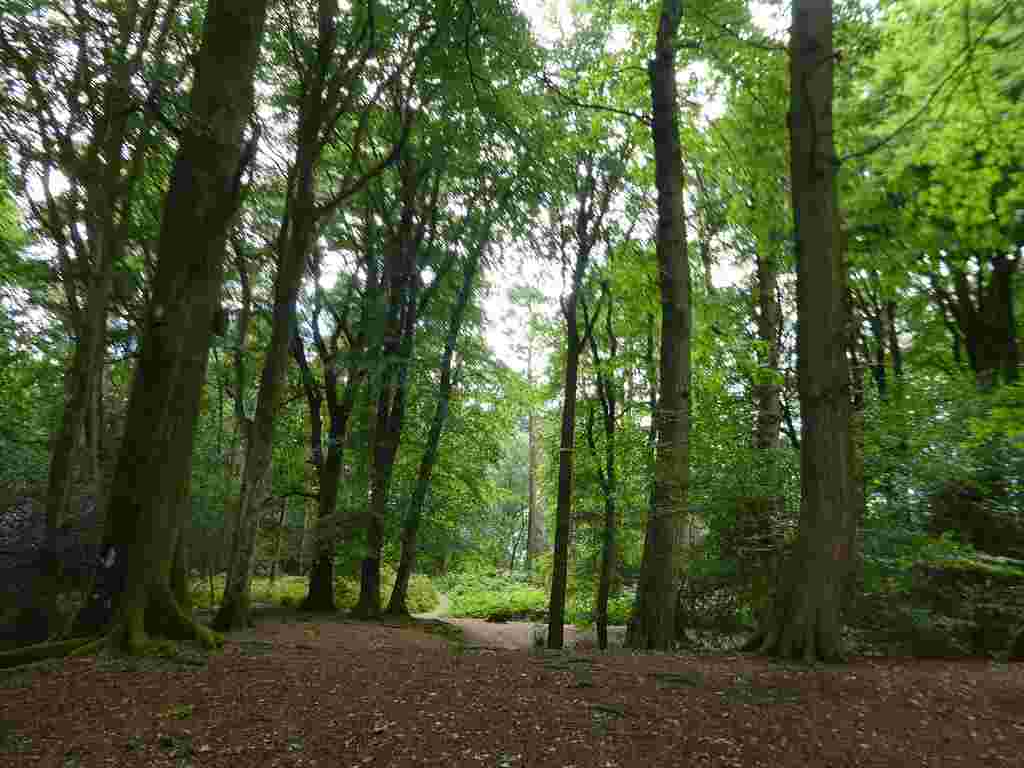
Sadly the cottage and its garden are currently closed to the public but we were able to peer over the hedge to get a glimpse of the writer’s former home. With its thatched roof and cottage garden it looked idyllic and I will look forward to having the opportunity of taking a look indoors once restrictions are lifted.
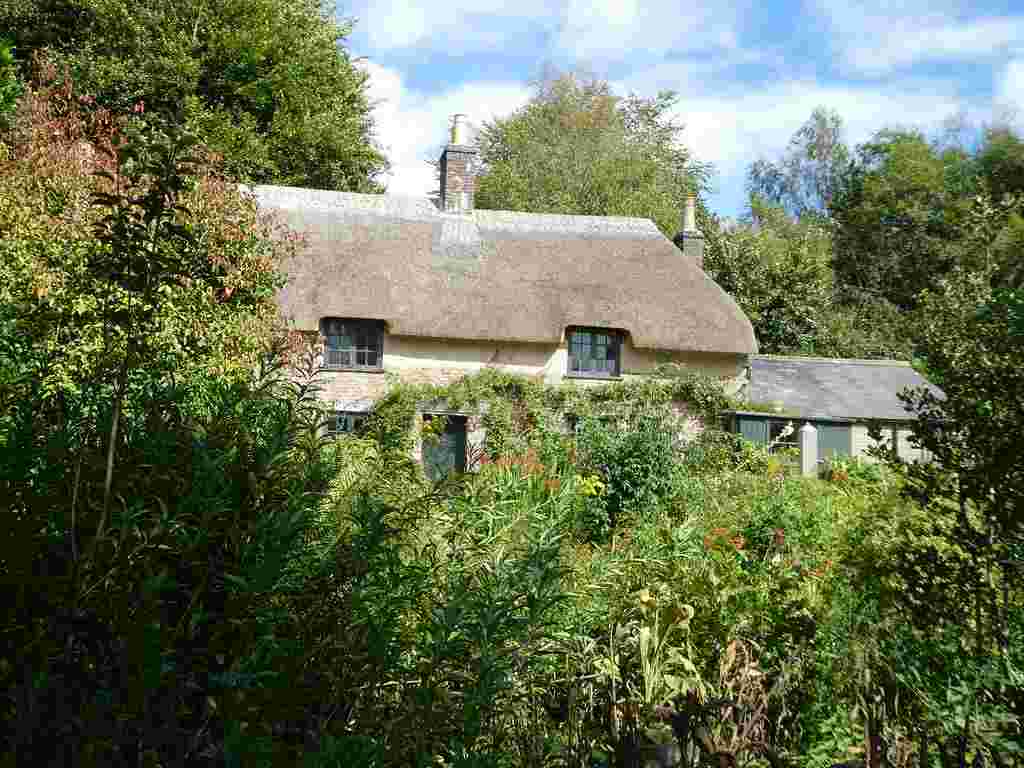
The end of a very interesting day out exploring Dorchester and it’s surrounding villages.
If you have enjoyed reading this post you may also like:
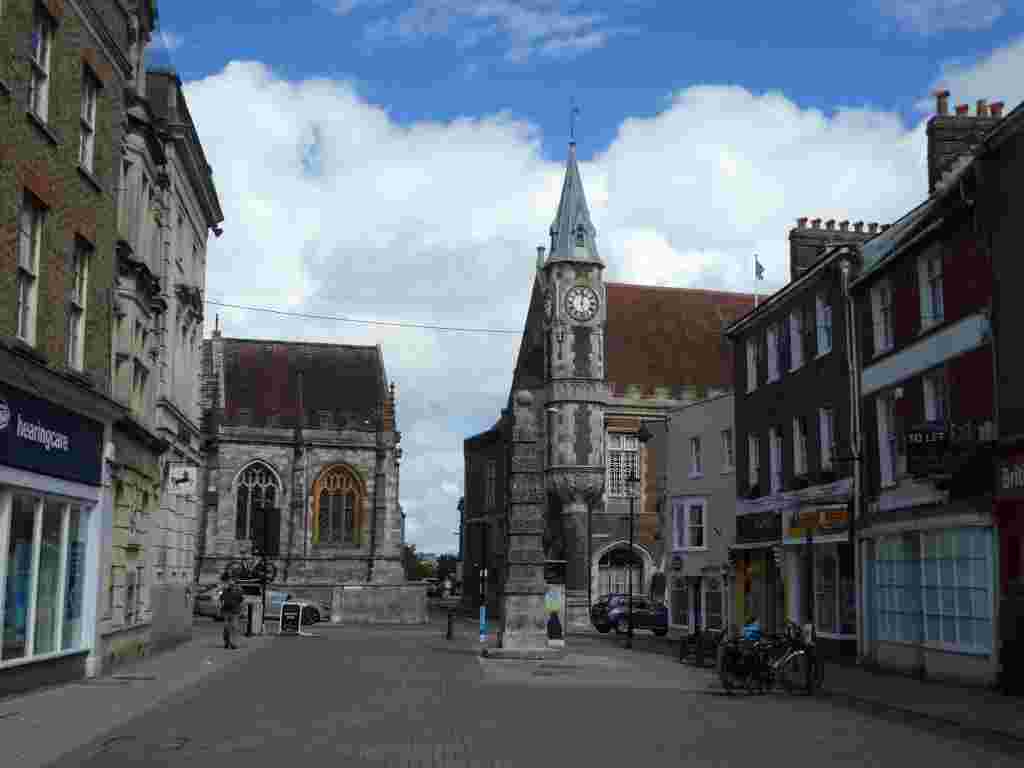

Leave a comment